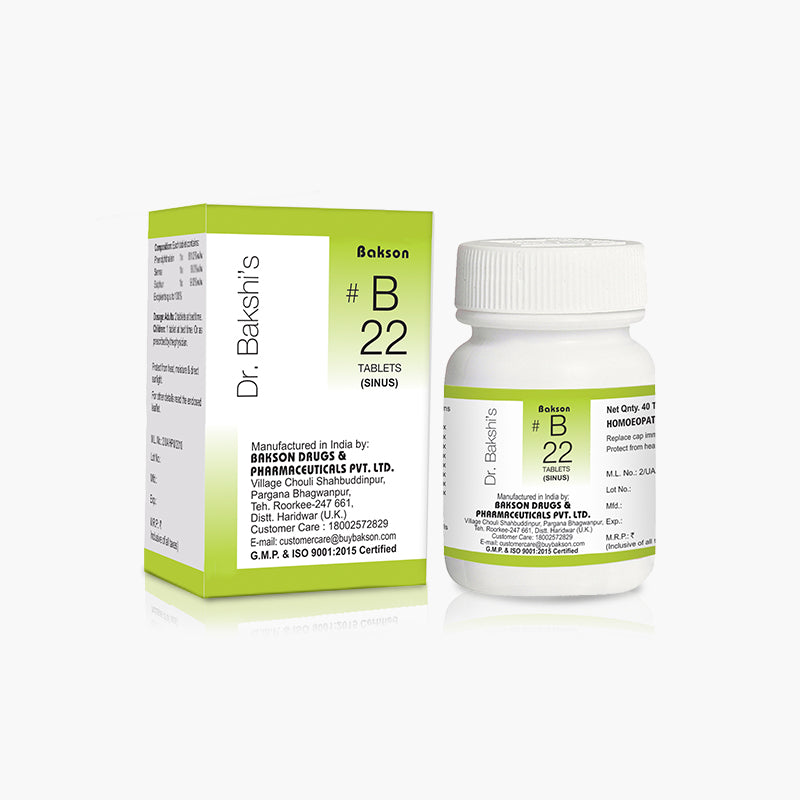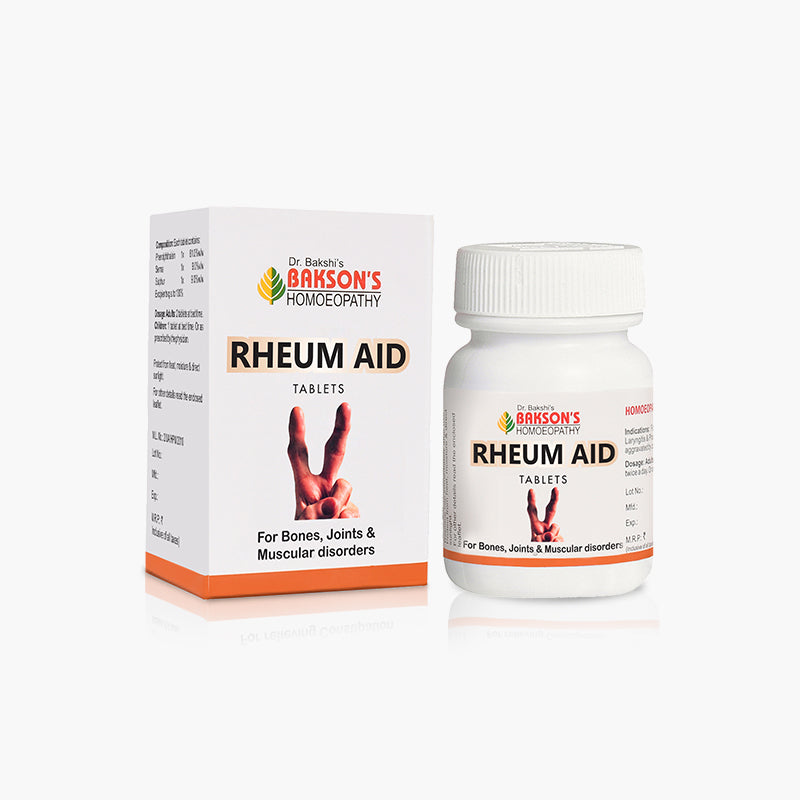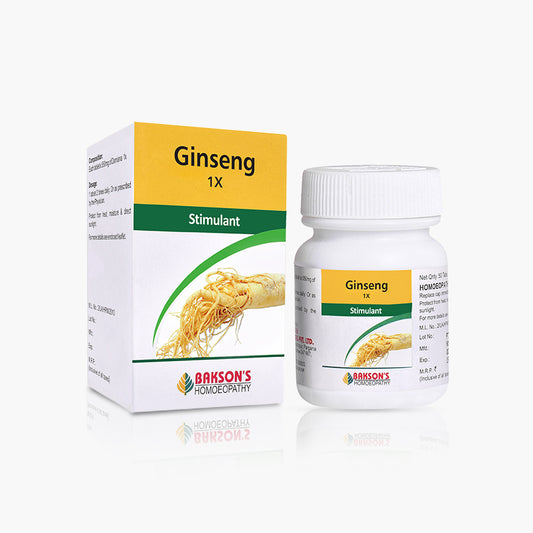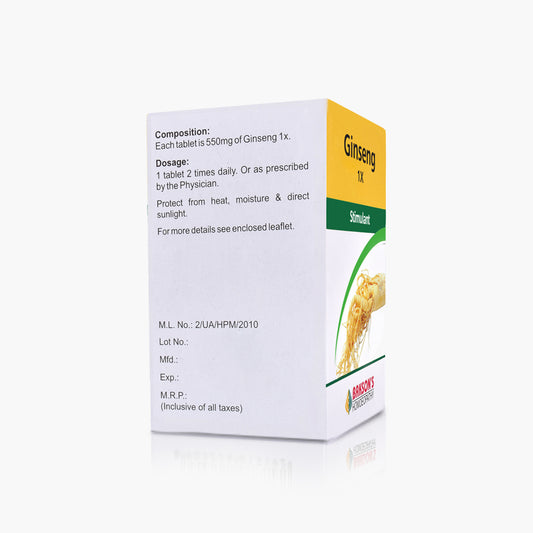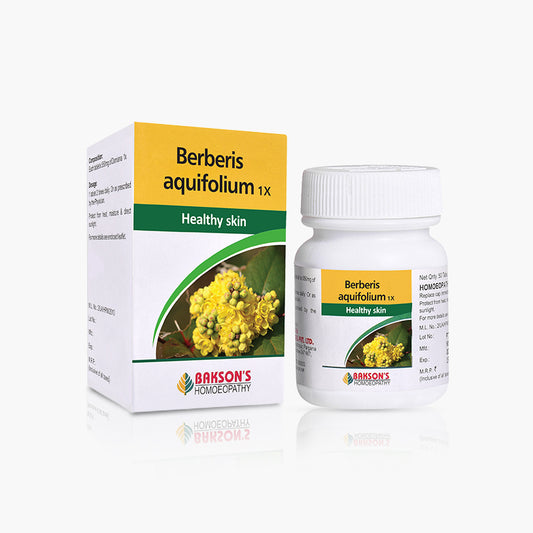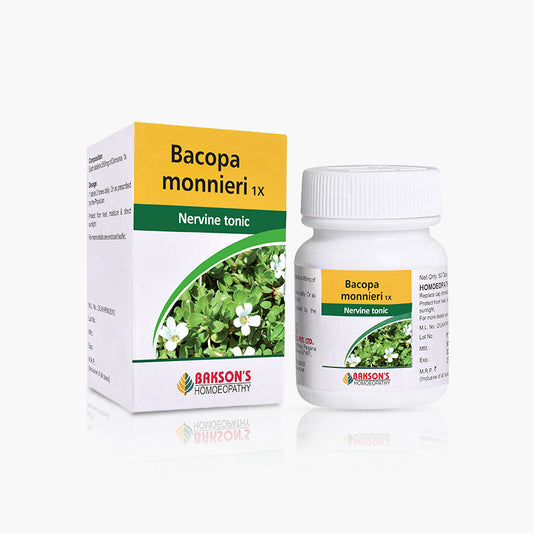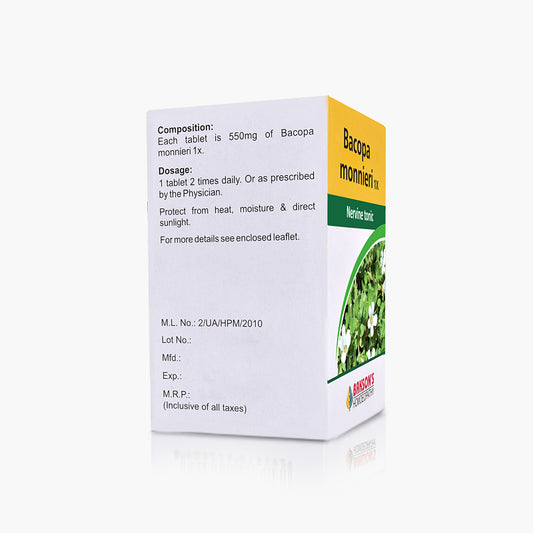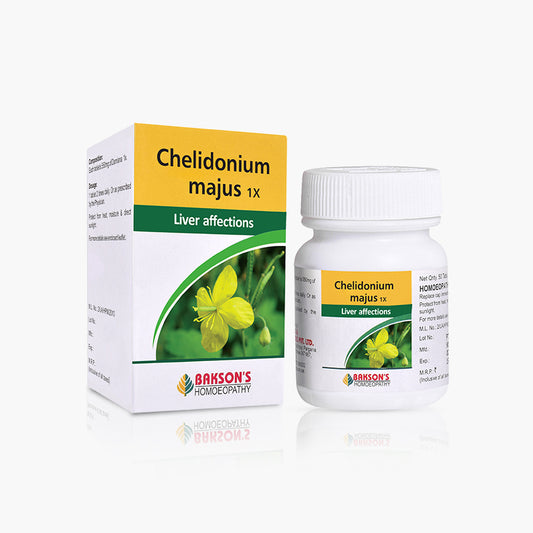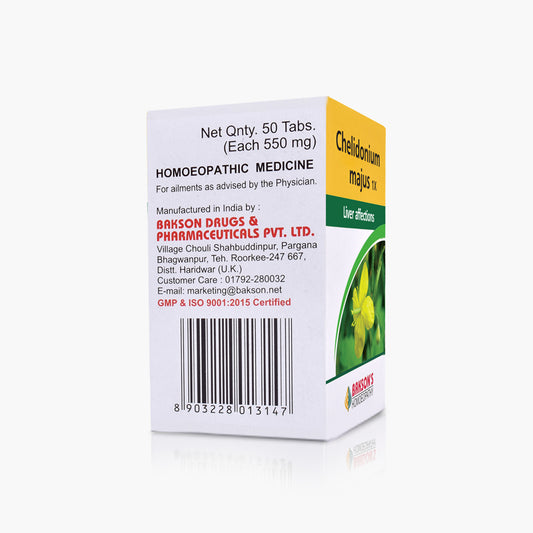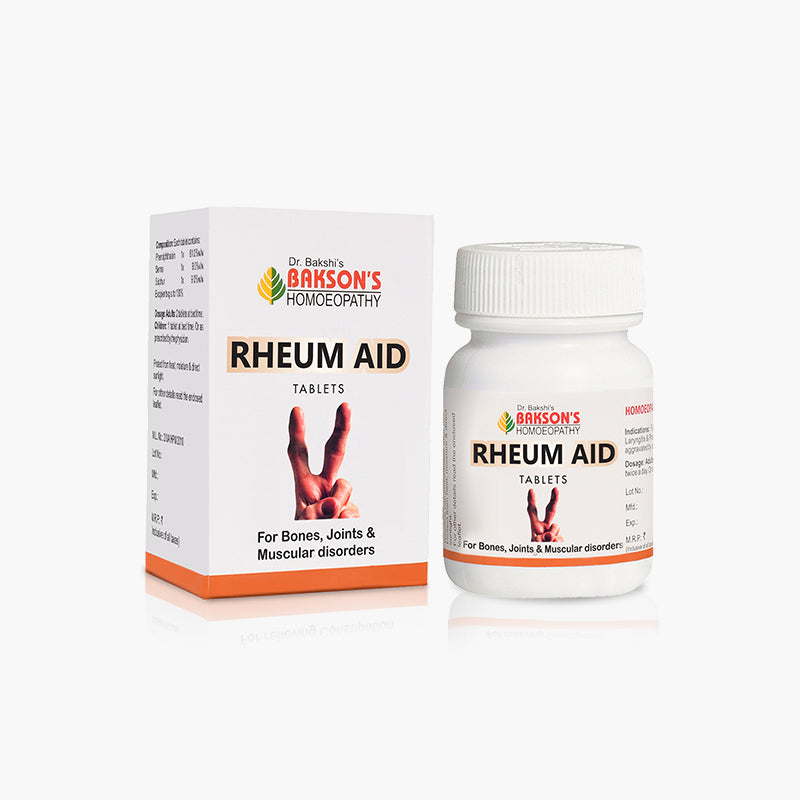
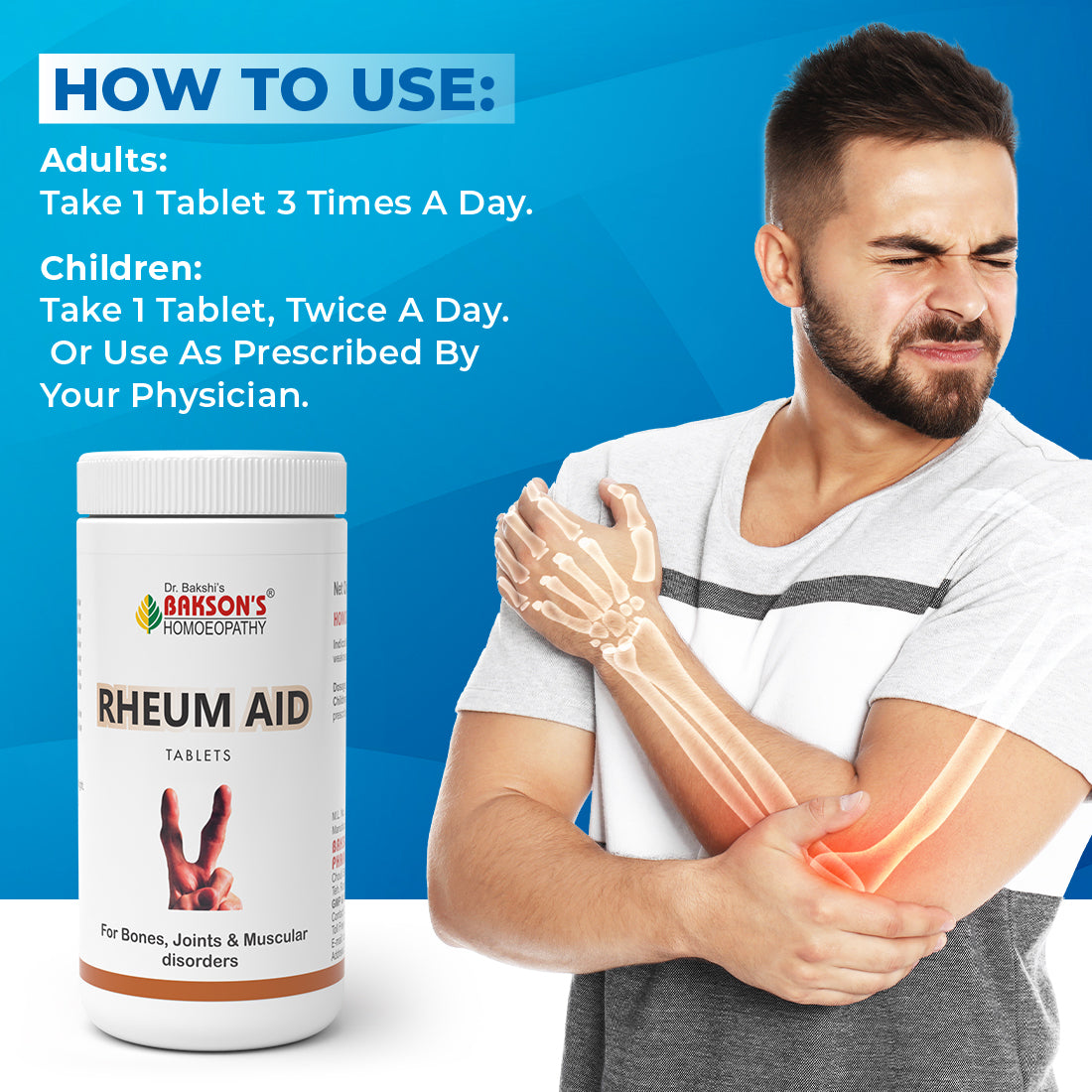

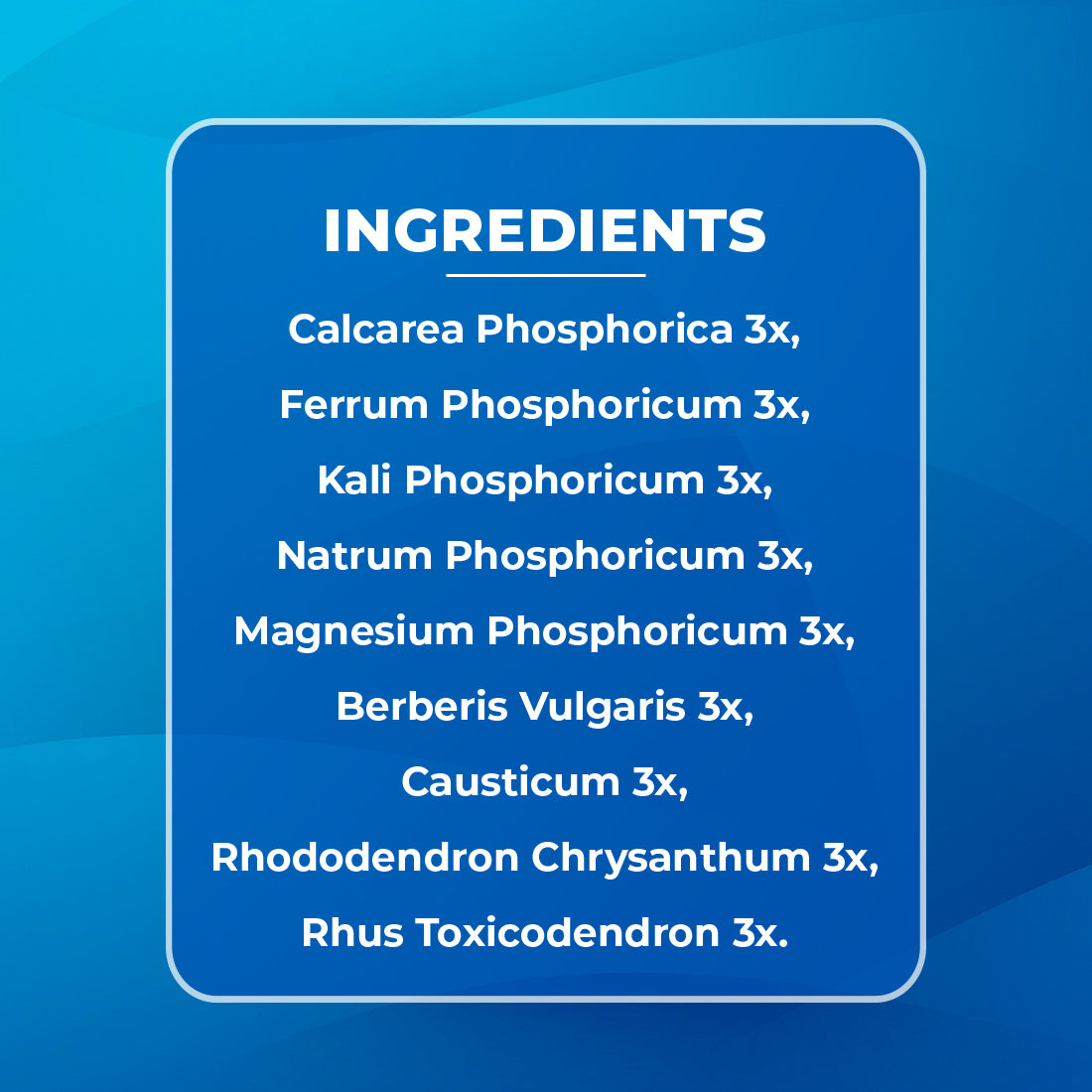
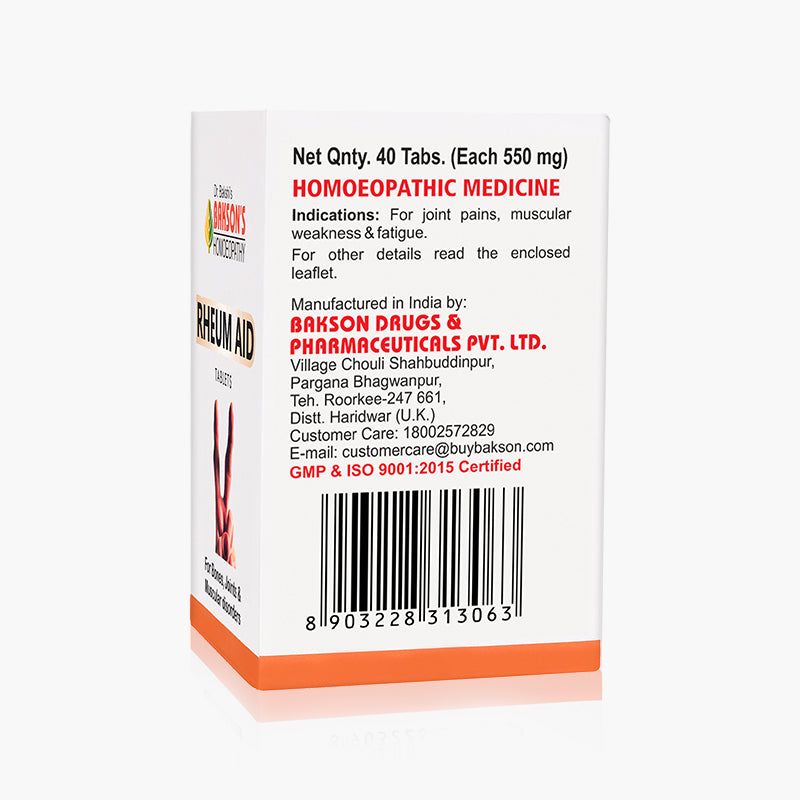
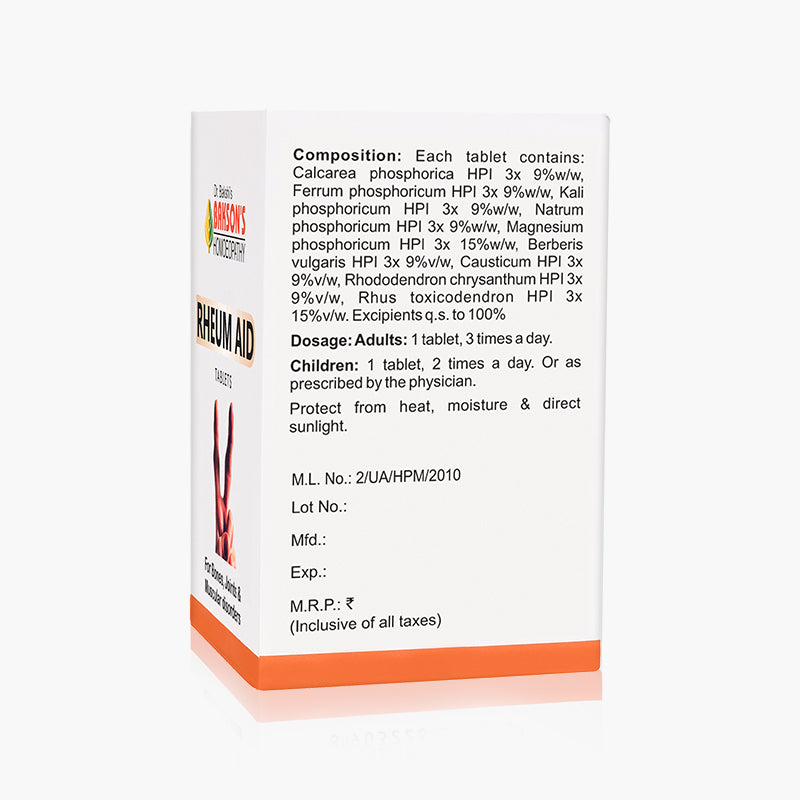
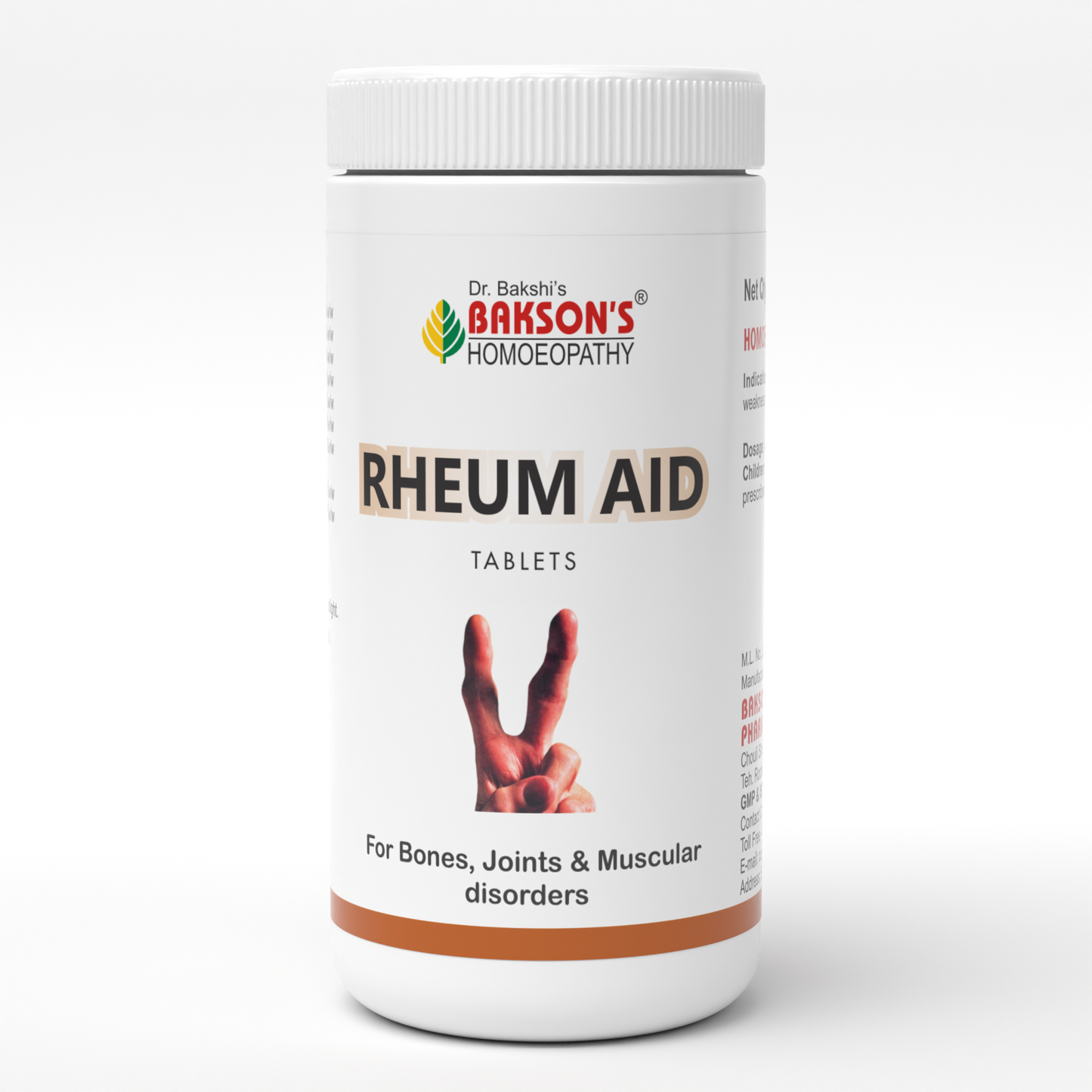
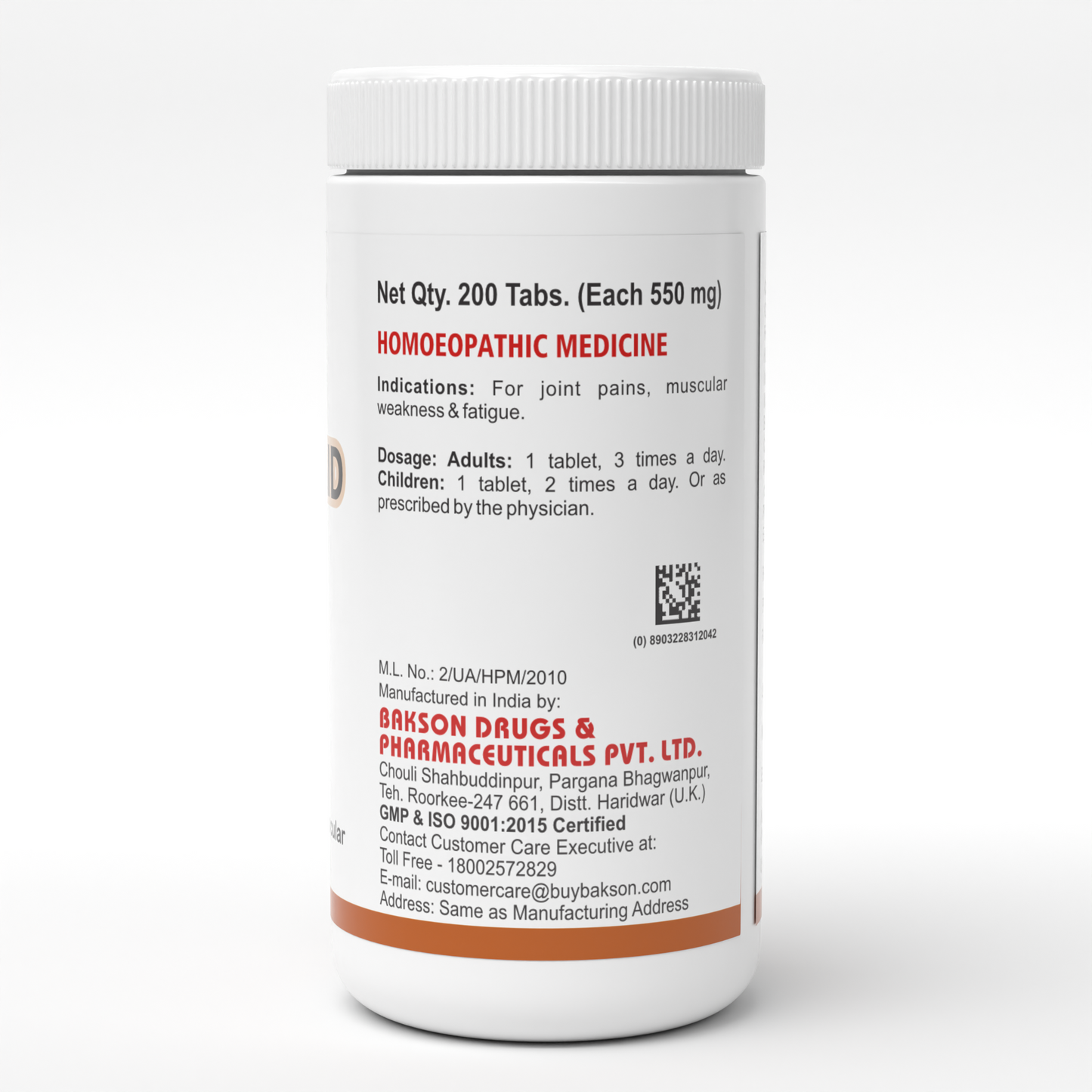

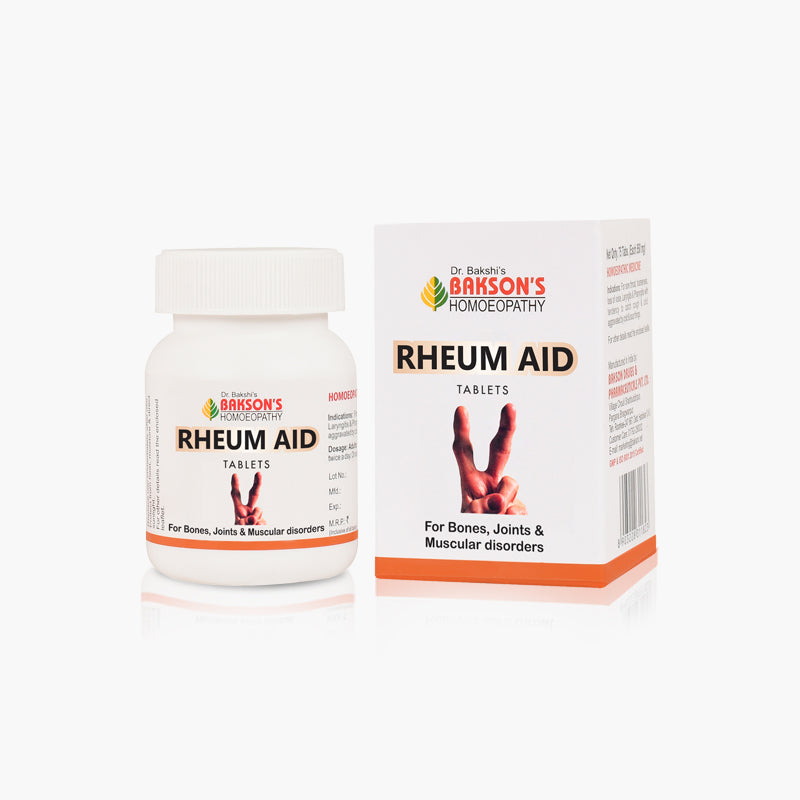
Rheumatism is defined as any of various conditions characterized by inflammation or pain in muscles, joints or fibrous tissue. Rheumatic or musculoskeletal conditions include more than 150 diseases and can be categorized as joint diseases, physical disability, spinal disorders and conditions resulting from trauma.
Most common symptoms of rheumatic diseases are-w
- Aching and pain involving joints
- Swelling
- Stiffness or restricted movement
- Fatigue
- Malaise
- Fever
- Weight loss
Rheumatic diseases are one of the most common cause of disability. The conditions that are most prevalent in population are:
1) Osteoarthritis: Osteoarthritis, commonly called wear and tear arthritis, affects the weight bearing joints like hips, knees, and spine. It can also affect fingers, thumb, neck and large toe. Symptoms include pain and soreness especially on movement of joint, stiffness after rest, joint swelling, etc. Worldwide estimates are that 9.6% of men and 18.0% of women aged over 60 years have symptomatic osteoarthritis. 80% of those with osteoarthritis will have limitations in movement, and 25% cannot perform their major daily activities of life.
2) Gout: Gout is a metabolic disease marked by painful inflammation of joints, deposits of monosodium urate crystals in and around joints and usually an excessive amount of uric acid in the blood. It is manifested by an acute monoarthropathy with severe joint pain, redness and swelling affecting most commonly (60%) the metatarsophalangeal joint of big toe, but can affect other joints too.
3) Calcium Pyrophosphate Dehydrate Arthropathy: Acute CPPD (Pseudogout) presents as an acute monoarthropathy similar to gout, and affects larger joints like hip, knee or wrist. It is spontaneous and self-limiting but can be triggered by illness, injury or trauma.
Chronic CPPD presents as a polyarthritis and severe destructive changes are seen.
4) Infectious Arthritis: Infectious or Septic Arthritis is caused by bacterial, viral or fungal infections. It presents with an acutely inflamed joint and people with pre-existing joint disease, Diabetes mellitus, Chronic renal failure, prosthetic joints and immunosuppression are more at risk.
5) Reactive Arthritis: It is an acute non-purulent arthritis complicating an infection elsewhere in the body. It is mostly caused by infection with enteric bacteria like Shigella, Salmonella, Campylobacter species and genitourinary infection with Chlamydia trachomatis, E. coli, etc. it manifests in individuals in the age group of 18-40 years with history of enteric or genitourinary infection and symptoms include acute, symmetric, oligoarticular arthritis affecting lower extremities mostly. There may be enthesitis, dactylitis, or sausage digit, plantar fasciitis and Achilles tendinitis associated with it. Inflammation can also affect the eyes, urethra, prostate, cervix, salpinx, skin and heart.
6) Psoriatic arthritis: It is a chronic inflammatory arthritis affecting 5-42% of persons with psoriasis. Onset of psoriasis precedes development of joint disease, but it can be the other way around in some cases. Joint involvement can occur in 5 patterns - asymmetric oligoarthritis, symmetric polyarthritis, predominantly DIP joint involvement, Arthritis mutilans and Spondylitis or sacroiliitis.
7) Polymyalgia Rheumatica: It is a clinical syndrome characterized by aching and morning stiffness in shoulder girdle, hip girdle or neck for more than 1 month, with elevated ESR. It rarely occurs before 50 years of age and is more common in women.
8) Bursitis: It is the inflammation of the thin-walled bursal sac surrounding tendons and muscles over bony prominences. The subacromial and greater trochanteric bursae are commonly involved.
Expiry: 5 years from the date of manufacturing.
Manufactured in India by: Bakson Drugs and Pharmaceuticals Pvt. Ltd. Chouli Shahbuddinpur, Pargana Bhagwanpur, The. Roorkee-247661, Distt Haridwar, UK, India ,Customer care executive Mail id and contact details-customercare@buybakson.com, 18002572829
Disclaimer: The information provided herein on request, is not to be taken as a replacement for medical advice or diagnosis or treatment of any medical condition. DO NOT SELF MEDICATE. PLEASE CONSULT YOUR PHYSICIAN FOR PROPER DIAGNOSIS AND PRESCRIPTION.
